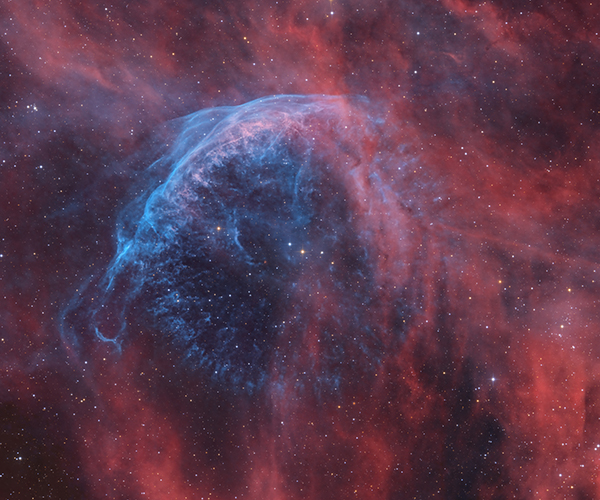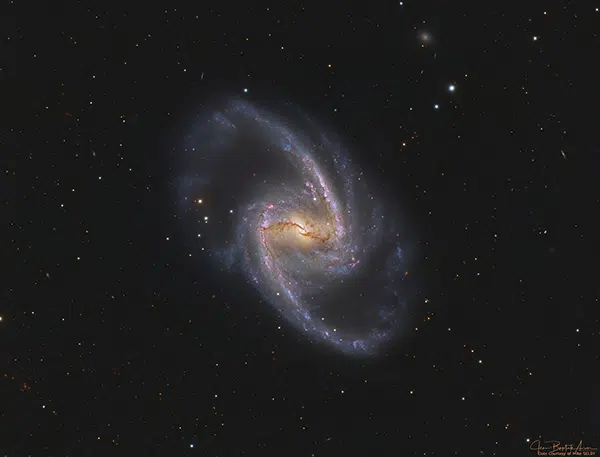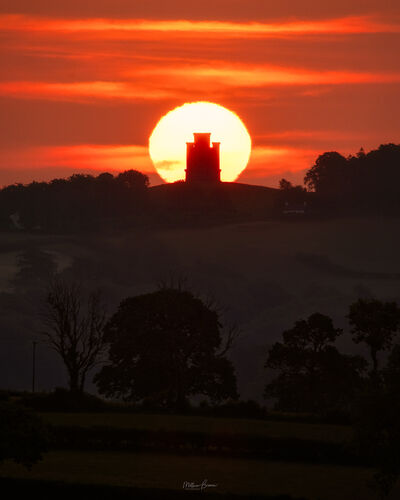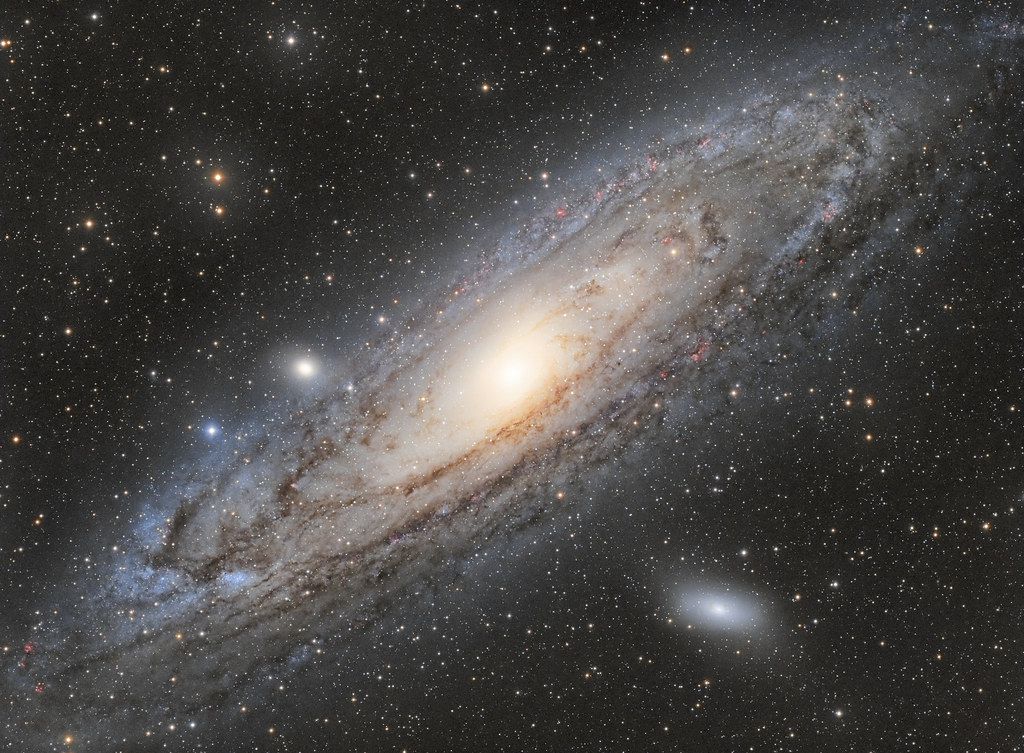Image was taken from January 7th to 11th and incorperates 265 frames of 5 min for a total intergration of 22 hours and 5 min (it's offcourse all in those last 5 min
Location: The Sting Of The Scorpion Observatory [TSO]2; Emmen, The Netherlands, Bortle 6 skies.
Telescope: Skywatcher QUATTRO150 @F/3.45
Camera: Altair Astro Hypercam 269C ProTec @0°C, 282 HCG, offset 150.
Filter: Optolong L-pro
Focuser: ZWO EAF
Mount: Skywatcher NEQ6
Guiding: QHY5 9x50 Finderguider
Software: N.I.N.A (EQmod/ASTAP/PHD2)
Pre- and Post-Processing: PixInsight (WBPP / starless [RC astro SxT] DBE / SPCC / RC astro BxT/NxT / GHS / SCNR / Dynamic Crop).





